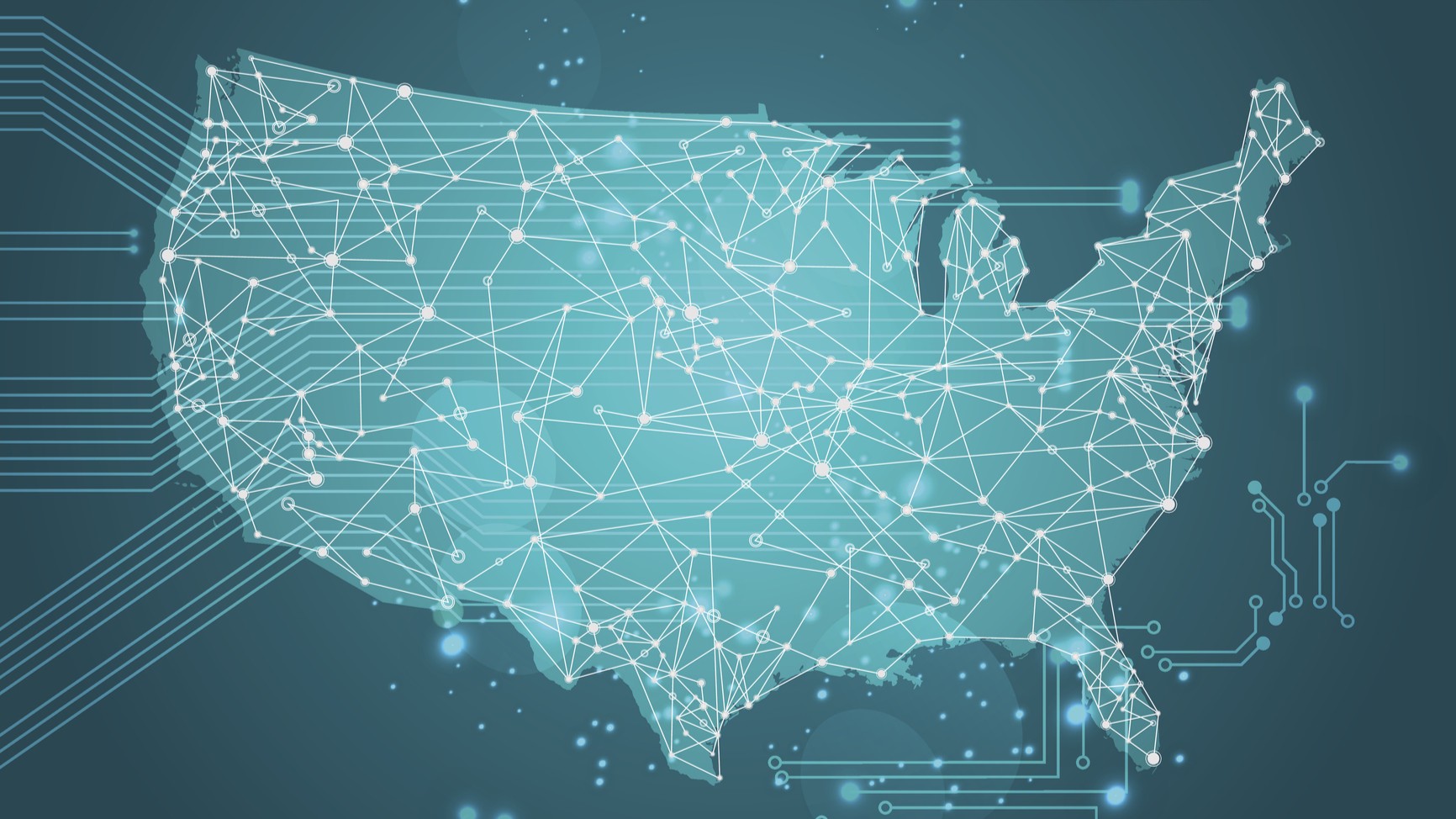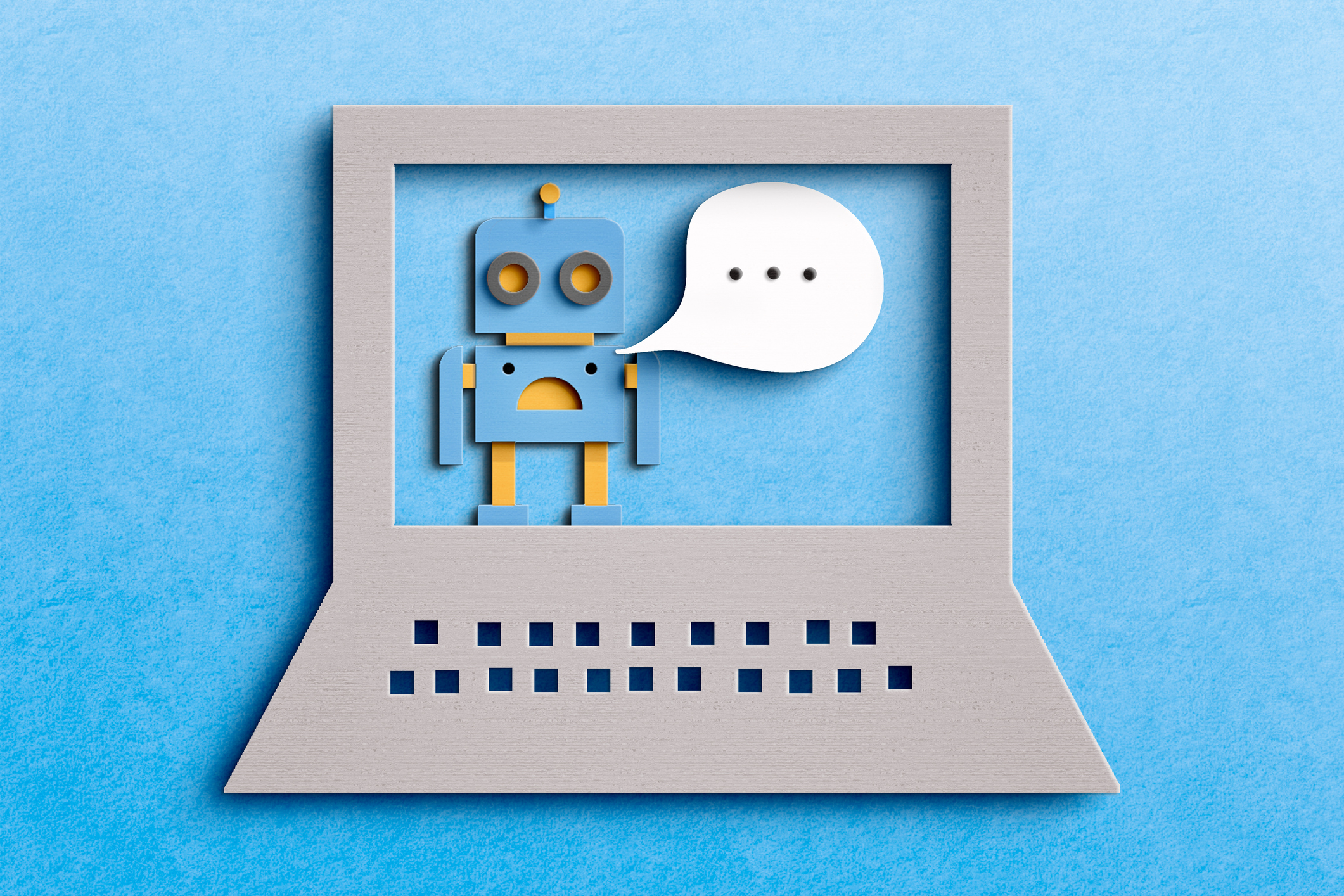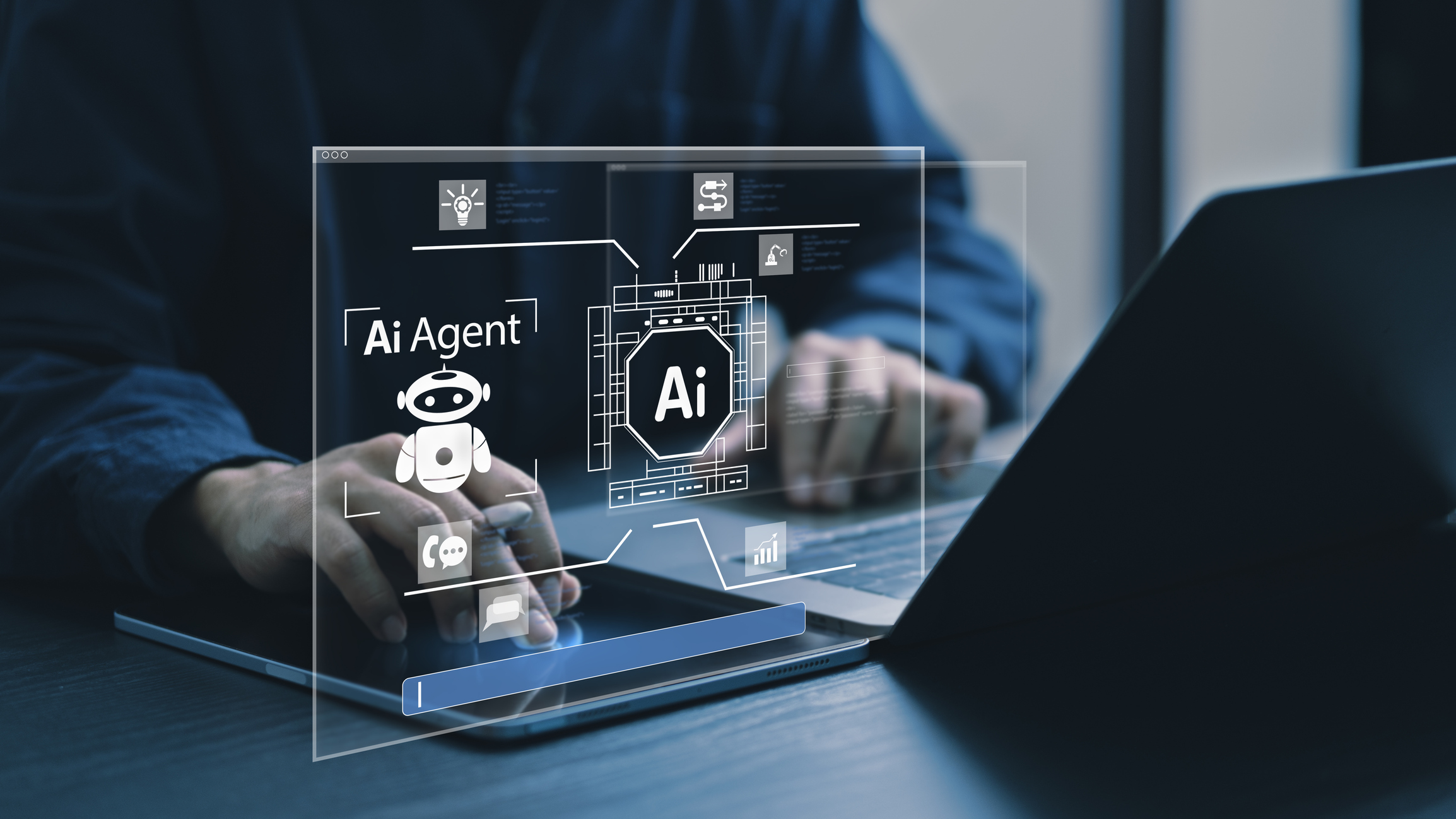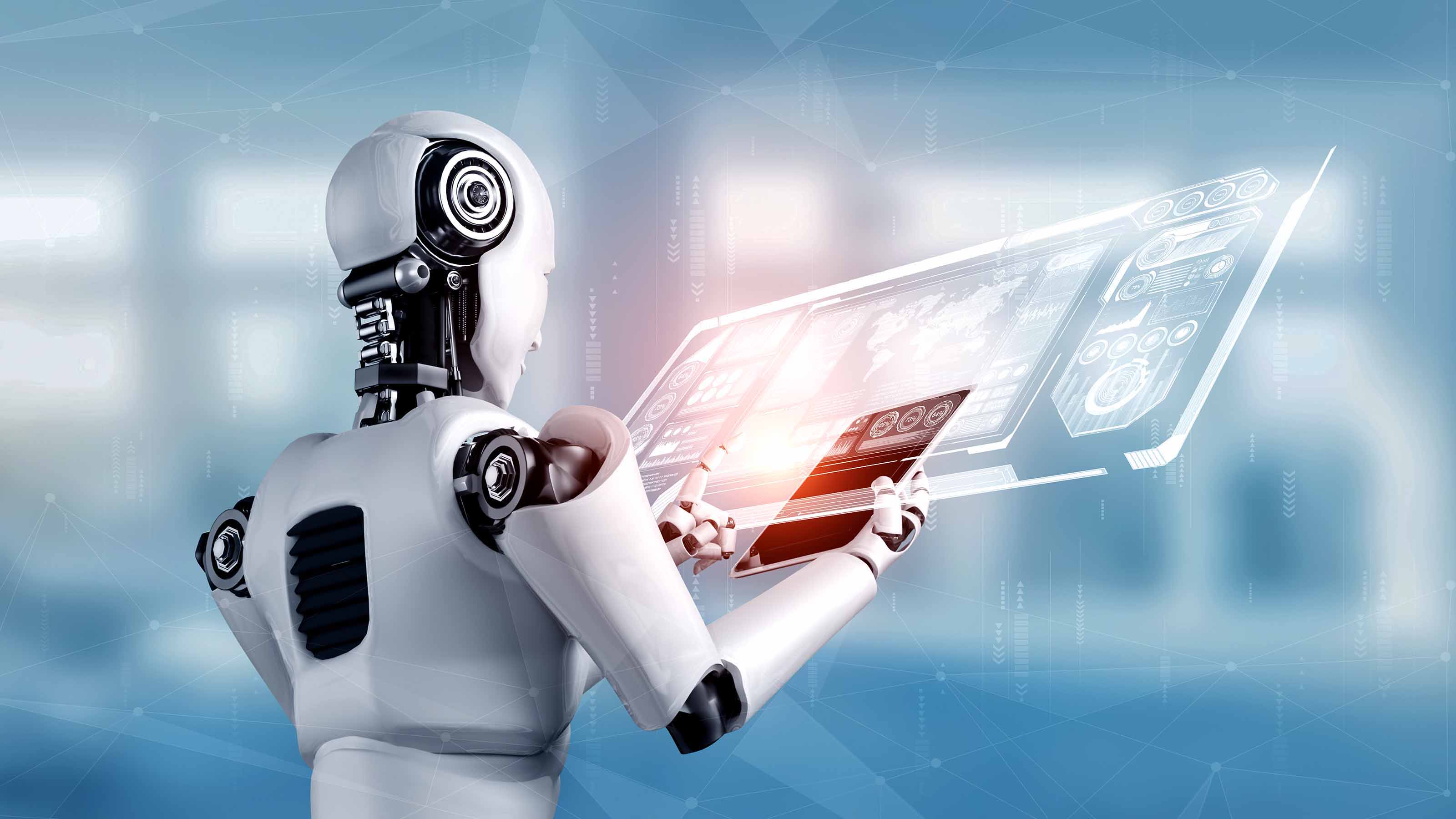The AI Doctor Coming to Read Your Test Results
There’s big opportunity for AI tools that analyze CAT scans, MRIs and other medical images. But there are also big challenges that human clinicians and tech companies will have to overcome.

To help you understand the trends surrounding new technologies and what we expect to happen in the future, our highly experienced Kiplinger Letter team will keep you abreast of the latest developments and forecasts. (Get a free issue of The Kiplinger Letter or subscribe). You'll get all the latest news first by subscribing, but we will publish many (but not all) of the forecasts a few days afterward online. Here’s the latest…
As generative artificial intelligence gets better at interpreting images, the tech industry is setting its sights on health care. Cue the AI radiologist.
The futuristic vision includes AI providing an accurate analysis of multiple medical scans, combining it with an understanding of patient history, and delivering a personalized diagnosis and course of treatment. When paired with a trained clinician, AI tools have the potential to improve the quality of care, save time and expand access to specialist expertise, among other benefits, according to a new paper, “Multimodal generative AI for medical image interpretation,” in the medical journal Nature.
The authors say early research suggests that AI “could one day match human expert performance in generating reports across disciplines, such as radiology, pathology and dermatology.”

Sign up for Kiplinger’s Free E-Newsletters
Profit and prosper with the best of expert advice on investing, taxes, retirement, personal finance and more - straight to your e-mail.
Profit and prosper with the best of expert advice - straight to your e-mail.
Interpreting medical images and writing reports is a time-consuming challenge for human specialists. Risks include delays in getting results and human errors. Many current AI medical tools have narrow uses to find specific issues in a certain type of scan. A future AI model could have an expansive knowledge of multiple types of scans, all sorts of medical conditions and a range of treatments to recommend.
Opportunity for profit
Tech giants and start-ups alike see huge moneymaking potential. Microsoft, Google and OpenAI all have AI models or research in medical imaging. Start-up Harrison.ai recently raised $112 million in funding to speed up diagnoses for radiologists, calling its widely used tool “a second set of eyes for clinicians.” Microsoft is working with major hospitals on AI tools to interpret thousands of conditions, trying to tap into the tens of billions of dollars health systems spend annually on imaging and uncover cost savings.
“Generative AI has transformative potential to overcome traditional barriers in AI product development and to accelerate the impact of these technologies on clinical care,” said Keith J. Dreyer, D.O., Ph.D., chief data science officer and chief imaging officer at Mass General Brigham, in a news release last summer about the Microsoft collaboration.
Risk of inaccuracy and tampering
But there are “formidable obstacles” to finding a truly helpful AI assistant in radiology, notes the paper. AI models have been plagued by biases, inaccuracies and so-called hallucinations, the industry term for made-up answers, including false or misleading text that sounds authoritative. Those types of flaws are nonstarters in a high-stakes medical setting unless there are strict guardrails.
There are concerns that AI could overlook rare diseases for different populations, plus cyber fears of the tools being tampered with to deliver certain results, “leading to overprescription, insurance fraud and falsifying clinical trials,” says the paper. However, AI models are getting better and multiple models can be used together for better results.
Human governance
One thing the researchers make clear: “Human evaluation is critical.” AI tools for medical imaging need doctors to fine-tune them, and better benchmarks so they can be tested and improved. There need to be agreed-upon metrics to decide when and how to rely on AI.
In the near term, AI could become a reliable assistant to clinicians, taking initial readings, drafting preliminary reports and even answering questions via a chatbot. Increased use of generative AI will seriously pick up in coming years, aiming to save time for radiologists and help train the next generation of students.
The future for patients includes interacting with an AI doctor about test results and getting answers, and even treatment suggestions, stripped of medical jargon. Also likely: getting a second opinion from one or multiple AI models, rather than a real doctor. The hope is patients will have higher compliance with treatment and better outcomes through being able to ask a lot more questions and not feeling rushed during a short visit with a human doctor.
In the meantime, be wary of using free public AI tools for medical advice with your own medical scans. Uploading personal images and medical info pose big privacy risks, on top of concerns about accuracy.
So are human radiologists on the road to extinction? It’s unlikely, but it’s not hard to find such predictions. It’s likely human judgment remains solidly in the loop, even as AI greatly improves. Plus, future regulations may prevent AI from completely taking charge.
Related Content
- How AI Will Impact Our Lives in 2025 and Beyond
- How AI Could Have Positive and Negative Effects on Cybersecurity
- Can Stocks Picked by Artificial Intelligence Beat the Market?
Get Kiplinger Today newsletter — free
Profit and prosper with the best of Kiplinger's advice on investing, taxes, retirement, personal finance and much more. Delivered daily. Enter your email in the box and click Sign Me Up.

John Miley is a Senior Associate Editor at The Kiplinger Letter. He mainly covers technology, telecom and education, but will jump on other important business topics as needed. In his role, he provides timely forecasts about emerging technologies, business trends and government regulations. He also edits stories for the weekly publication and has written and edited e-mail newsletters.
He joined Kiplinger in August 2010 as a reporter for Kiplinger's Personal Finance magazine, where he wrote stories, fact-checked articles and researched investing data. After two years at the magazine, he moved to the Letter, where he has been for the last decade. He holds a BA from Bates College and a master’s degree in magazine journalism from Northwestern University, where he specialized in business reporting. An avid runner and a former decathlete, he has written about fitness and competed in triathlons.
-
 Mint Mobile Is Offering $440 Off Samsung and Google Phones Plus Half Off Unlimited Plans for Two Years
Mint Mobile Is Offering $440 Off Samsung and Google Phones Plus Half Off Unlimited Plans for Two YearsReady to upgrade your phone? If you switch to Mint Mobile, you can get $440 off that upgrade and lock in two years of ultra low prices on your phone plan.
-
 Should You Ditch Your Medicare Advantage Plan? Most People Do
Should You Ditch Your Medicare Advantage Plan? Most People DoIf you want to switch your Medicare Advantage plan or enroll in original Medicare, you're not alone. Here's when it's a good idea and how to go about it.
-
 What Is AI? Artificial Intelligence 101
What Is AI? Artificial Intelligence 101Artificial intelligence has sparked huge excitement among investors and businesses, but what exactly does the term mean?
-
 5 New Car Features That Don't Seem So Futuristic Anymore
5 New Car Features That Don't Seem So Futuristic AnymoreCar Features Cars are becoming more advanced by the day. We look at all the ways these innovations could benefit you.
-
 Will State Laws Hurt AI’s Future?
Will State Laws Hurt AI’s Future?The Kiplinger Letter Republicans in Congress are considering a moratorium on state AI laws. But it’s likely a growing patchwork of state AI regulations will be here for a while.
-
 The New AI Agents Will Tackle Your To-Do List
The New AI Agents Will Tackle Your To-Do ListThe Kiplinger Letter Autonomous AI agents “see” your computer screen, then complete a task, from buying a concert ticket to organizing email. This opens up a world of possibilities.
-
 AI’s Medical Revolution
AI’s Medical RevolutionThe Kiplinger Letter Medicine is a field ripe for finding both exciting and practical uses for AI. The tech is already being used by doctors and researchers.
-
 What Are AI Agents and What Can They Do for You?
What Are AI Agents and What Can They Do for You?AI agents promise to be the next big thing in artificial intelligence, but what exactly do they do?
-
 The Economic Impact of the US-China Trade War
The Economic Impact of the US-China Trade WarThe Letter The US-China trade war will impact US consumers and business. The decoupling process could be messy.
-
 AI Heads to Washington
AI Heads to WashingtonThe Kiplinger Letter There’s big opportunity for AI tools that analyze MRIs and other medical images. But also big challenges that clinicians and companies will have to overcome.